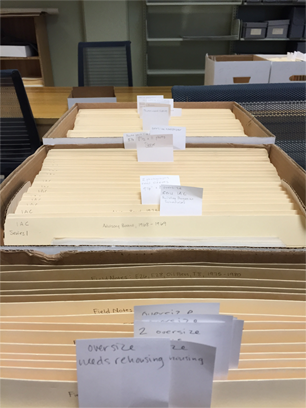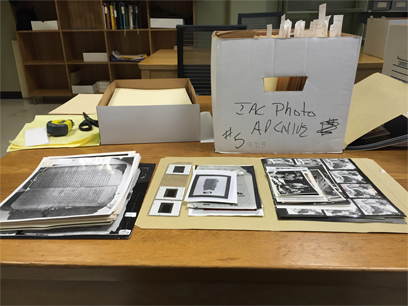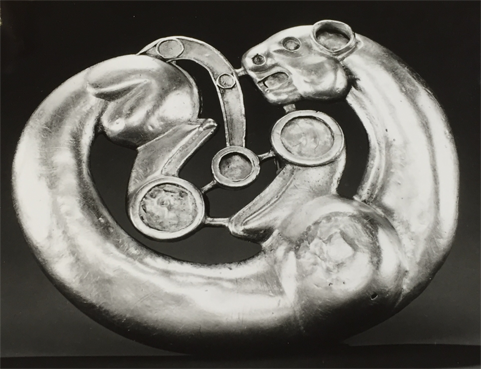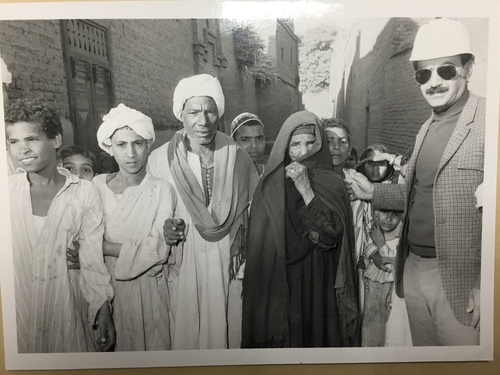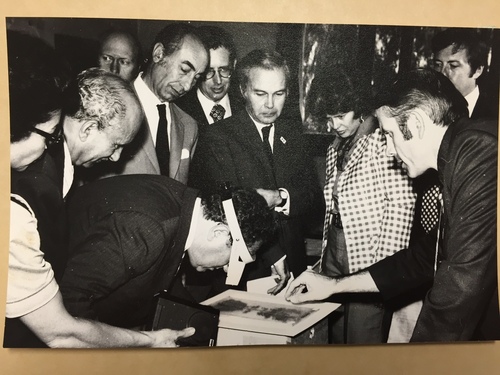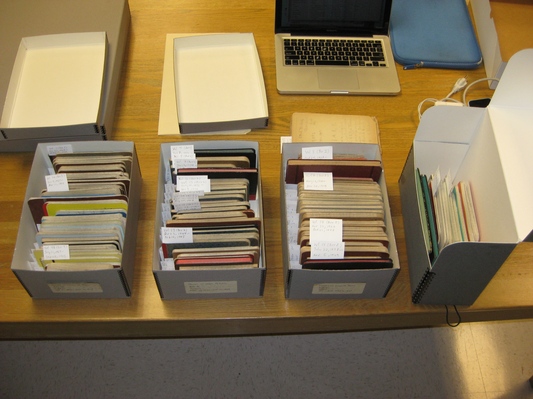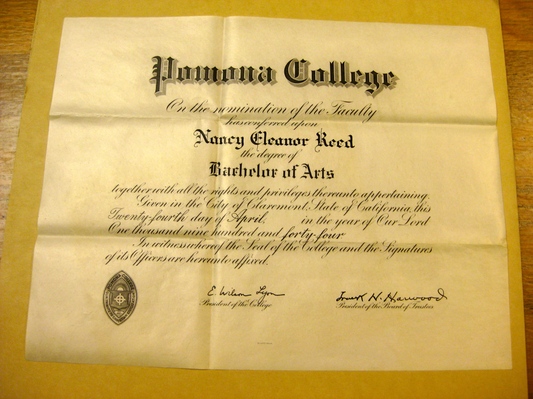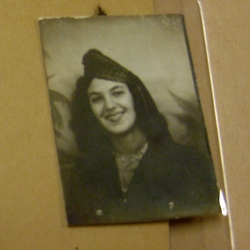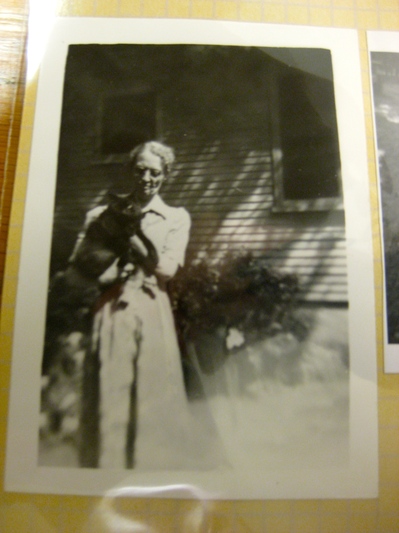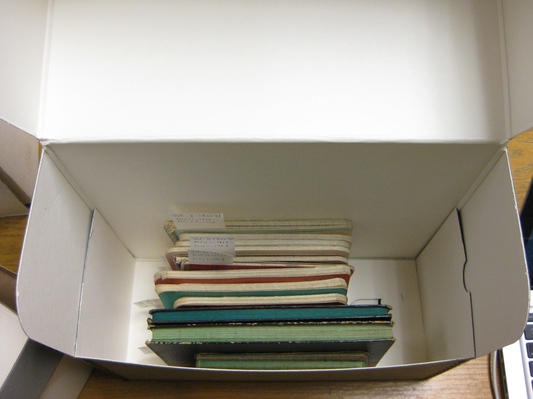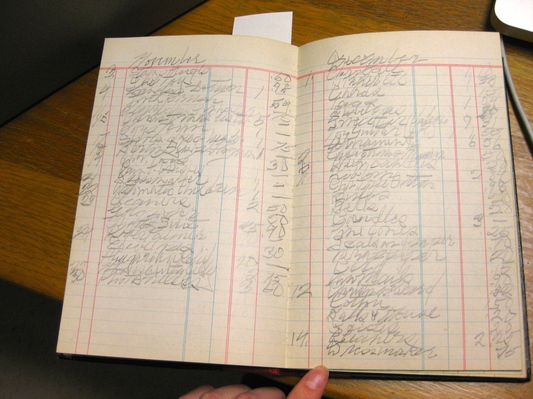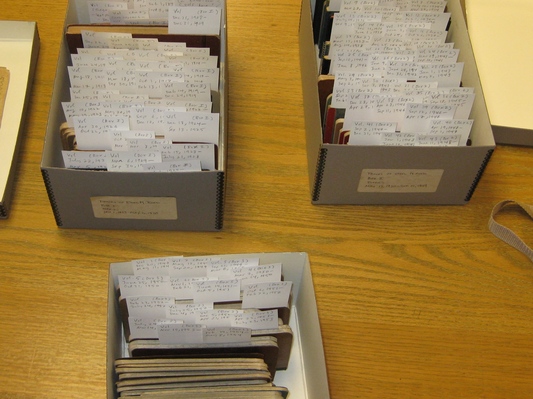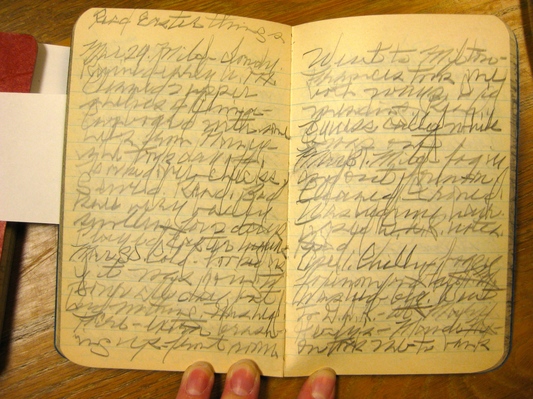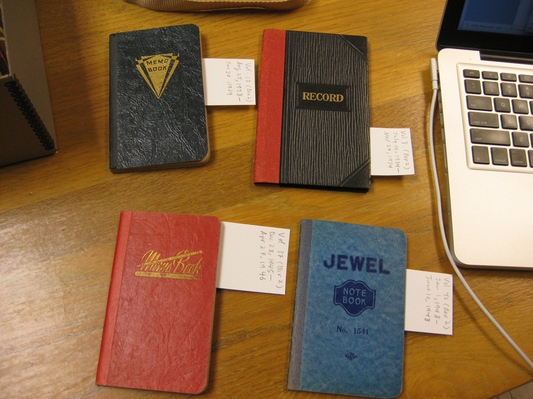Normal
0
false
false
false
EN-US
JA
X-NONE
/* Style Definitions */
table.MsoNormalTable
{mso-style-name:”Table Normal”;
mso-tstyle-rowband-size:0;
mso-tstyle-colband-size:0;
mso-style-noshow:yes;
mso-style-priority:99;
mso-style-parent:””;
mso-padding-alt:0in 5.4pt 0in 5.4pt;
mso-para-margin:0in;
mso-para-margin-bottom:.0001pt;
mso-pagination:widow-orphan;
font-size:12.0pt;
font-family:Cambria;
mso-ascii-font-family:Cambria;
mso-ascii-theme-font:minor-latin;
mso-hansi-font-family:Cambria;
mso-hansi-theme-font:minor-latin;}
Hello there! I’m Tamara Savage, a senior at Harvey Mudd and
a CCEPS Fellow. I’m double majoring in engineering and literature, and I’m excited
for the opportunities this fellowship will offer me to exercise my more bookish
muscles. I’m a total newbie–I spend a lot of time at the library and I’ve been
to Special Collections before, but I’ve never done any archival work. So I have
a lot to learn, and I’m looking forward to it!
I’m processing the library’s Ethel M. Reed papers, a
collection of materials from a local Claremont woman, Ethel M. Reed, and her
daughter, Nancy Reed. From my preliminary survey, their family documents
stretch as far back as a property deed from 1811 and contain material from as recently
as the 1970s. A large portion of Ethel’s writing is in the form of diaries–boxes
and boxes of them, and she wrote in them remarkably consistently.
There are also letters, postcards, school materials,
artwork, and scrapbook pages. While I haven’t looked at everything very closely
yet, there are a lot of pictures of cats in the scrapbooks (look out for a
future blog post all about this–I love cats).
As exciting as cat pictures are, what I’m looking forward to
the most is perusing Ethel’s unpublished manuscript, A California Childhood. It’s her account of her childhood spent
here in Claremont and environs, and I think it contains a look into what she did,
the people she knew, and the city of Claremont itself.
After completing my preliminary survey, I’m now ready to
start actually processing the collection. I think I’m going to start with the
diaries first. They need to be flagged with acid-free paper (always acid-free!)
with a volume number and a date range (which Ethel kept very carefully, so no
worries there). I’m looking forward to it!
